As Occupational Therapists, the Nook play sofa is one of our favourite activities to integrate into our therapy sessions. It is fun, practical and aligns with many of our client’s goals. Not only can it be used in therapy sessions, but it is a highly recommended product for integrating therapy into the home environment. Keep reading to find out why we can’t stop raving about the Nook and why is it so much more than just a bunch of cushions!
Their Story
Nook was established in September 2020 by Olivia and Patrick Rudomino. They noticed that during the COVID-19 pandemic, their children were getting restless and causing chaos at home. They developed the Nook, a stylish and versatile product that can be used not only as a play sofa but also as a sleepover bed, lounge seats, obstacle course, or cubby house.
The Nook features several innovative elements, including a zip-together-zip-apart function, washable covers, and is 100% Australian-made. There is also an outdoor version available for children who prefer to play outside. Since its launch, the Nook has received numerous awards and recommendations from occupational therapists for its effectiveness in both therapy spaces and home environments. Its versatility makes it an ideal tool for children to develop their motor skills, sensory integration, and social interactions in a safe and comfortable setting.
Benefits of Using Nook for Home Therapy
The Nook play sofa offers a wide range of benefits for therapy in the home environment. It provides a comfortable and versatile space for children to work on their therapy goals while enjoying imaginative and constructive play. Here are some examples of the many skills that can be targeted using the Nook cushions:
Imaginative Play Skills
The Nook play sofa is perfect for encouraging imaginative play. Children can build their own racing cars, lounges, spaceships, castles, and more. This type of play helps to improve social, emotional, and cognitive development. Dress-up time is even more fun in a Nook play space, or set it up as a Stage for the greatest productions!
Constructive Play Skills
The Nook cushions can be arranged in different shapes and sizes to build various structures, encouraging constructive play. This type of play helps develop attention, creativity, shape recognition, and problem-solving abilities.
Executive Functioning Skills
Building with the Nook requires planning, sequencing, and problem-solving, which are essential executive functioning skills. Children can use pictures to create different builds, which helps them improve their executive functioning skills that are important for ongoing learning and development.
Visual Processing Skills
Visual processing skills are important for everyday tasks such as reading, writing, and motor skills. Building with the Nook helps to develop visual processing skills by requiring children to create structures that match a given picture.
Strength & Coordination
Lifting the Nook pieces can help target gross motor skills in a fun and innovative way. Children can also create obstacle courses or play games such as ‘the floor is lava’ using the cushions. This helps improve strength and coordination.
Sensory Regulation
Moving the Nook around the house is an excellent heavy work task for children who require extra sensory input throughout their daily routine to help them stay regulated. Nook cushions can provide a wide range of sensory input that can be beneficial for children with sensory processing difficulties. Whether used in therapy or at home, the cushions can help children to feel calmer, centred, and regulated, while also improving their overall sensory processing skills.
Versatility of the Nook
The many sizes and shapes available at Nook mean endless opportunities for creativity and imagination. If your child struggles with imaginary play or play ideation, explore the Nook website or included Poster for fun ideas such as a racing car, rocket ship, or castle. The Nook cushions can also be used for some physiotherapy exercises as recommended by your physiotherapist.
Not only is it a great therapy tool to work on Occupational Therapy areas, but it can also be used for movie night as a recliner couch, and it’s so comfortable that it can even be used as a sleepover bed. Worried about space in your home? Check out the Nook Junior for a smaller option.
As Occupational Therapists, we highly recommend the Nook cushions to incorporate therapy into the home environment. They provide a fun and functional space for children to work on their therapy goals and improve their overall development.
Their Products
The Nook Original
The Nook Original has been a very popular product since the Nook was established. It is a 10-piece product with great versatility for play and rest.
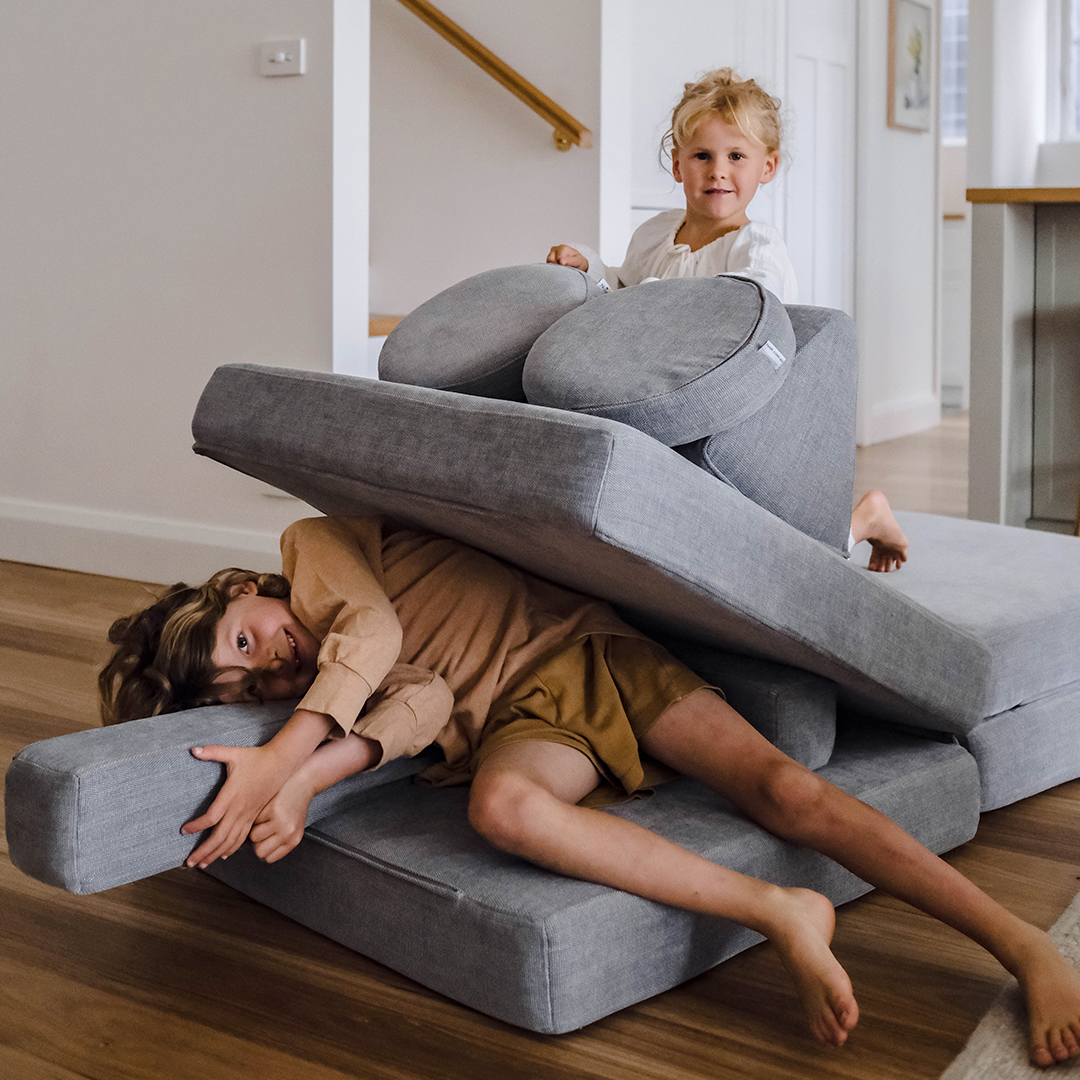
Ever since then, a wide range of products with added benefits has been introduced. This includes the recently released, Nook Junior.
Nook Junior
The Nook Junior is purposefully designed for smaller spaces and smaller hands. It is 25% smaller than the Nook Original, but offers the same versatility and fun factor. Perfect for children under aged 5 years old.
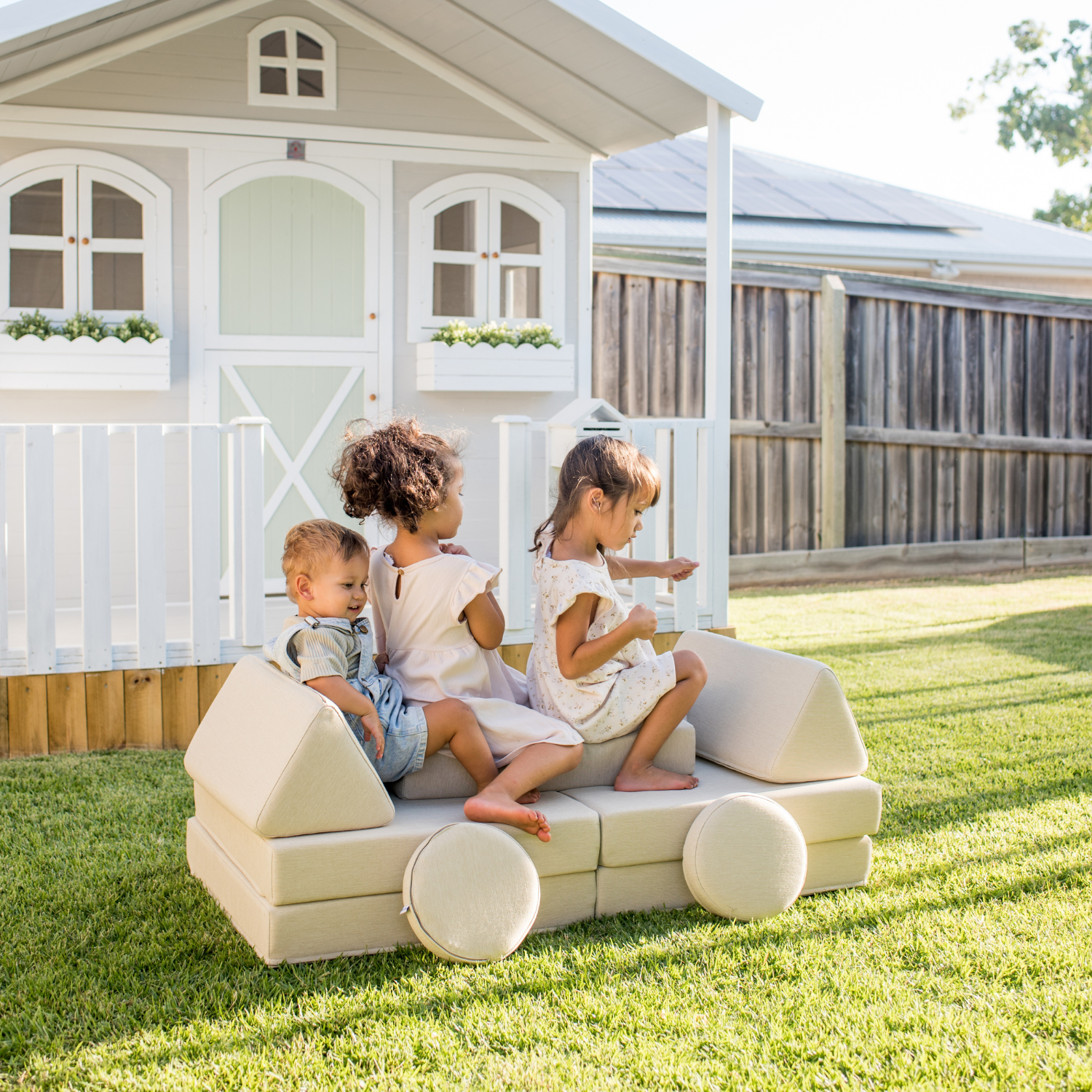
Check out some of the other products below and read how they may be used for therapy at home.
Wedge Tail
A versatile extension for the My Nook, the wedge tail can be used as a slide, a car ramp during play or to build core strength.

Arch Roller
The Arch Roller is a set which includes one large arch and two long rollers. It is made with extra firm foam to enable greater stability in a Nook build.
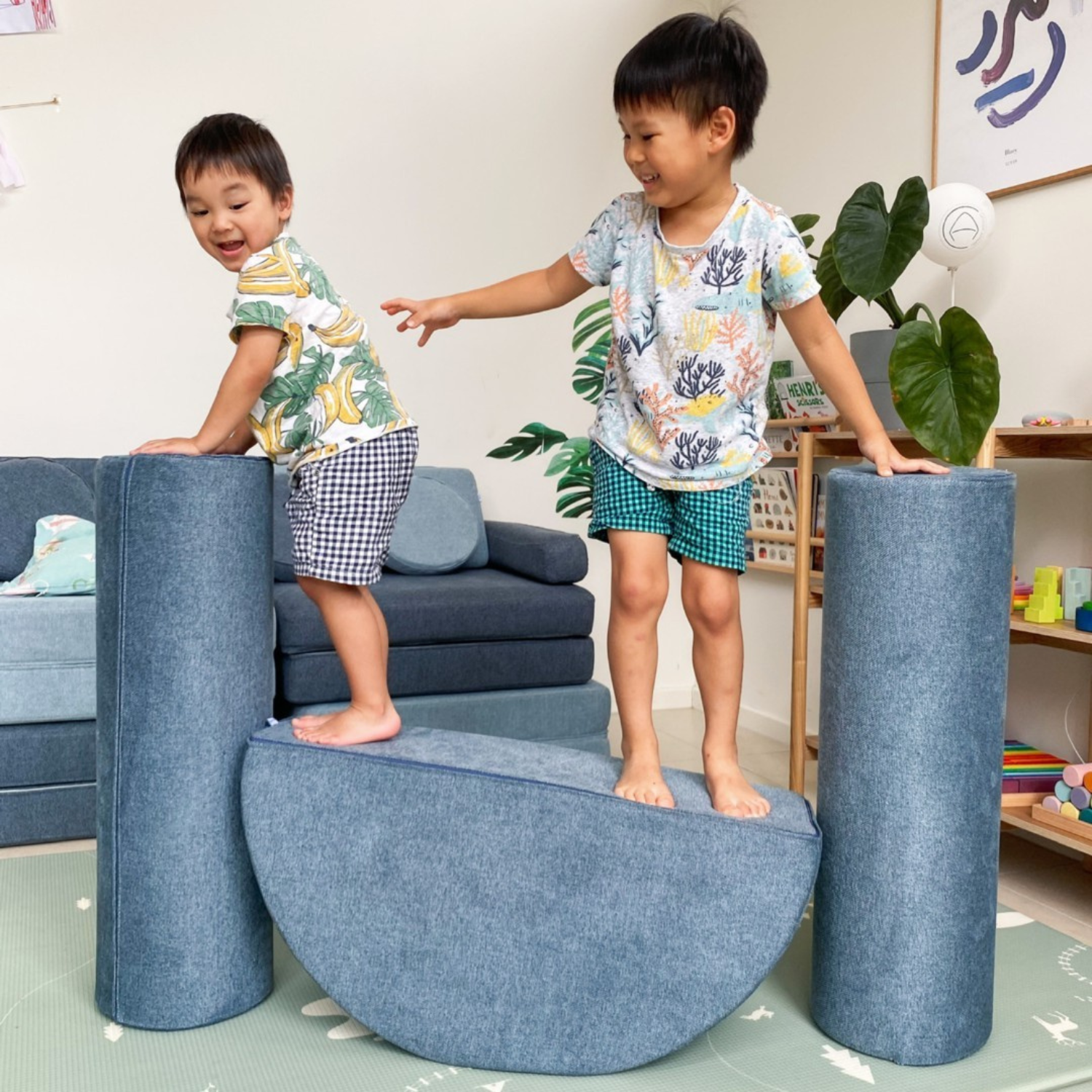
Blox
The Blox has three separate pieces which can act as steps to work on balance and coordination, as a pyramid in an imaginary play scene or as building blocks for bigger constructions.
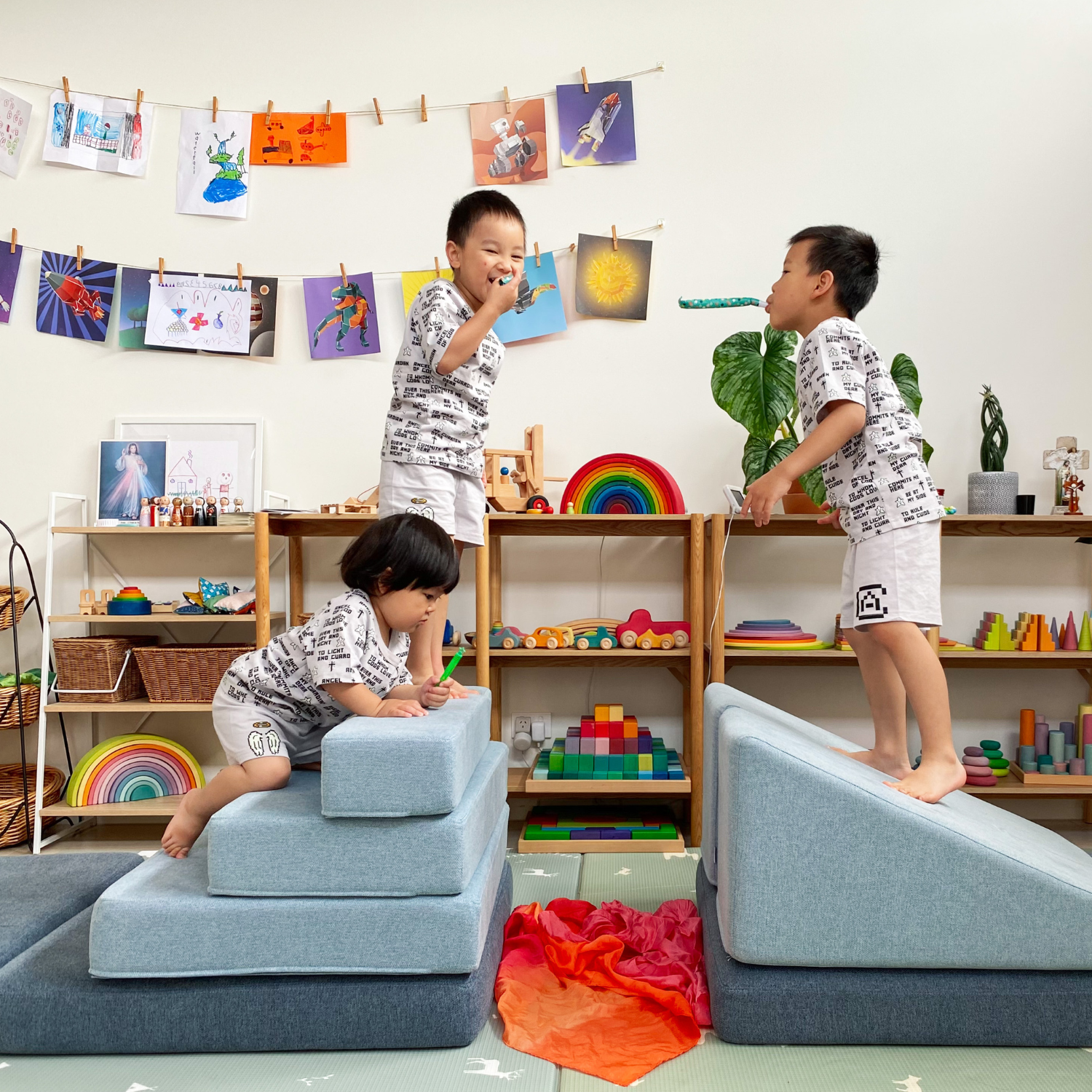
Oasis Mat
With a removable cover and waterproof core, the Oasis Mat is the perfect opportunity to work on tummy-time and play skills with your little ones.
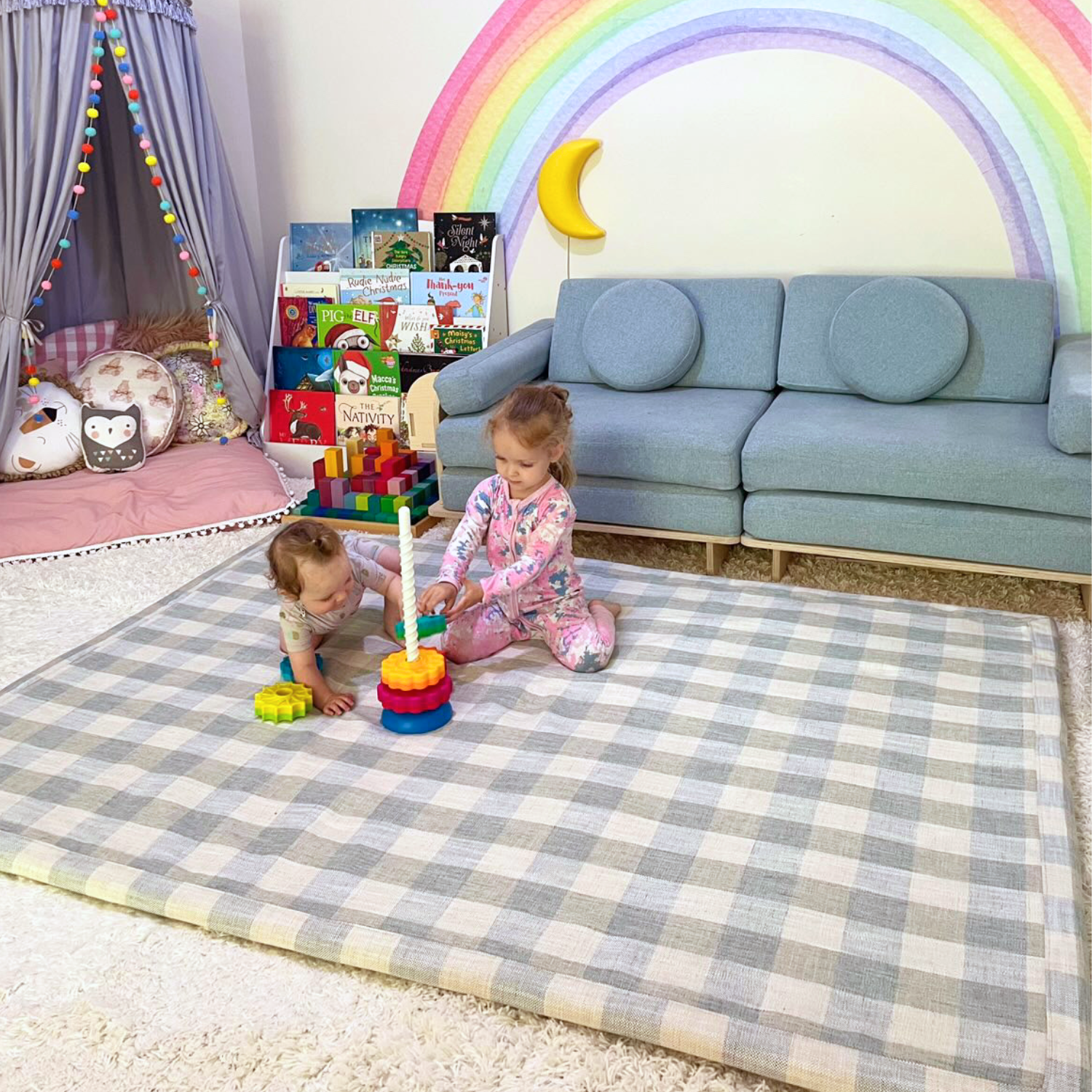
For more information on the Nook, go to https://mynook.com.au/.
If you have any other questions about how or why Occupational Therapists recommend Nook for integrating therapy at home, please speak to your child’s therapist, or contact us on 02 9913 3823 or at hello@occupationaltherapy.com.au.


